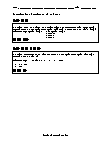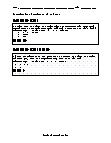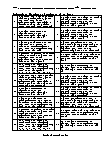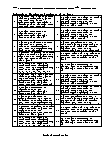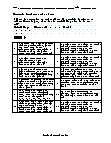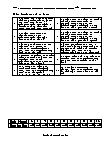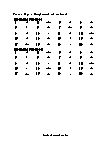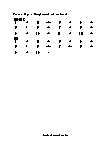Complement of an Event Worksheets
What Is a Complement of an Event in Statistics? Probability and statistics are two major parts of mathematics. While developing these concepts, you will come across several terms. Without understanding these terms, it is impossible to solve problems related to these topics. While most of the concepts are simple, there is one that many students get confused with, and that is the complement function. The complement of an event is the subset of outcomes in the sample space. These outcomes are not part of the event. A complement is itself an event. It is important to understand that in any experiment, either the event or its complement will happen. There is no such possibility where both situations can occur. The sum of the probabilities of an event and its complement is always equal to 1. Therefore, if you know a probability of an event and want to find out the complement or vice versa, all you must do it subtract the probability from 1. It is that simple!
-
Basic Lesson
Guides students through the beginner skills of Complement of an Event. A single card is chosen at random from a standard deck of 52 playing cards. What is the probability of choosing a card that is not a king?
View worksheet -
Intermediate Lesson
Demonstrates how to use advanced skills to tackle Complement of an Event problems.
View worksheet -
Independent Practice 1
A really great activity for allowing students to understand the concepts of the Complement of an Event. Example: A spinner has 4 equal sectors colored yellow, blue, green and red. What is the probability of landing on a sector that is not yellow after spinning this spinner?
View worksheet -
Independent Practice 2
Students use Complement of an Event in 20 assorted problems. The answers can be found below. Example: A single card is chosen at random from a standard deck of 52 playing cards. What is the probability of choosing a card that is not a ace?
View worksheet -
Homework Worksheet
Students are provided with 12 problems to achieve the concepts of Circle Equations and Graphs. Sample: A glass jar contains 20 red marbles. If a marble is chosen at random from the jar, what is the probability that it is not red?
View worksheet -
Skill Quiz
This tests the students ability to understand Complement of an Event. Sample: A number from 1 to 3 is chosen at random. What is the probability that the number chosen is not odd?
View worksheet
Riddle: Why was the obtuse angle upset?
Answer: : Because he was never right.
